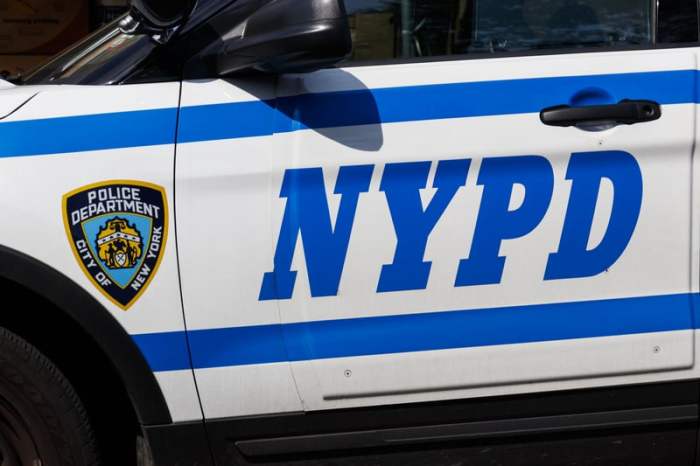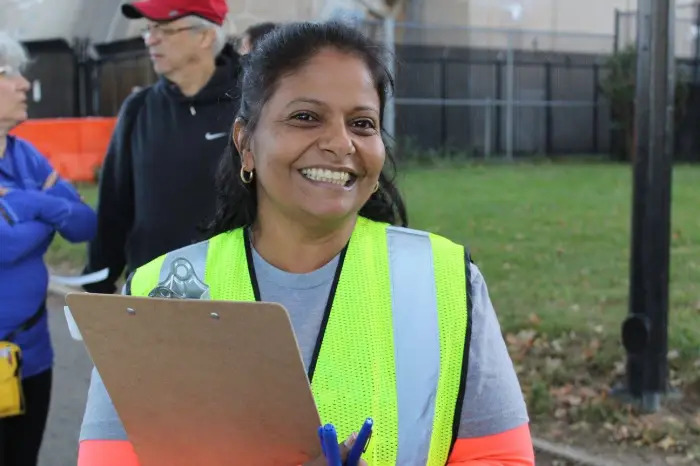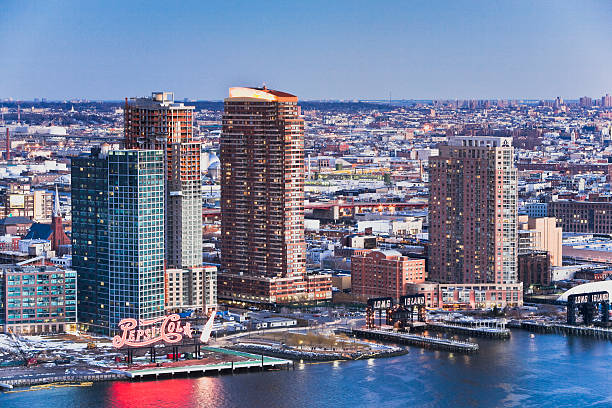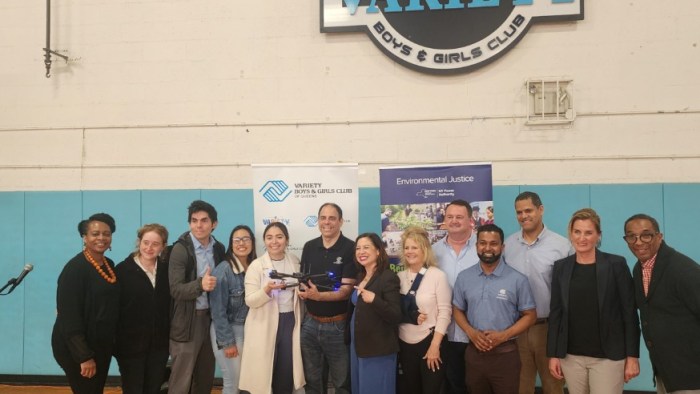During this holiday season, we can be proud and thankful that there was no shortage of caring individuals and actions of selflessness through Hurricane Sandy and its aftermath. The true spirit and resilience of New Yorkers shone through these past weeks. What was in apparent shortage, besides gas, was a coordinated response from the various levels of government, especially the Federal Emergency Management Agency’s response.
We have all seen numerous private groups and individuals taking charge and helping the hardest hit areas by cooking meals, donating time to clean up, giving money and supplies and generally being fantastic neighbors.
But what we have also seen is a lack of a cohesive planning by various agencies, the reinventing of the wheel and the provision of insufficient and lackluster services.
We are not here to cast blame or aspersions but to ask the general public what you have seen that has worked in this emergency and what you would like to see in the city’s future plans concerning our response to natural disasters and emergency situations. We know there will be commissions set up to examine the government’s response to this disaster, but they will not focus on your individual contributions and actions. We will.
As director of the New York Anti-Crime Agency and the public safety chairman of Community Board 1, I know from experience that a backup emergency plan’s success is correlated to how long it takes for essential services to be returned to normal. By this criteria, there was a lot left to be desired in the official response.
For example, one thing I learned, when helping our NYPD community affairs officer maintain order on a mile-long gas line in Astoria right before the shortage eased, is that communication is key. We told people when gas was going to be given out, we marked the last car in line one hour before closing the line so people did not wait for no good reason and we made sure to be visible with reflective gear and flashlights for night traffic control and directions.
Only three people out of about 300 caused any real issue, with 99 percent remaining civil and cooperative. Many told us how important being informed was to their experience.
The point is we want you to give us ideas. We want to know what worked on the ground and what should be done differently. There is no better sounding board than the people in the trenches. If you have a concrete idea for improvement, let us know. Please do not just send complaint letters.
We will collect and disseminate valuable information or ideas to our elected officials and emergency personnel if it has merit. Do not assume someone knows or is doing it already. One of the biggest complaints we heard was that people did not know what was needed or who was really helping at the sites. Along those lines, if you saw exemplary actions by a certain group, let us know who they are.
Again, this event showed the caring and resilient nature of New Yorkers and I am proud to say that the residents of western Queens, realizing how lucky we were in our area, were right at the forefront in helping those who suffered most. Let us keep doing it but in a more efficient, organized and non-redundant manner. Tell us of the good deeds and actions you saw or did and tell us what could have been done better.
Please send the information to the New York Anti-Crime Agency/CB 1 Safety Chair, 24-40 Steinway St., Astoria, NY 11103 or e-mail me at meloni25@iasny.org.
Tony Meloni
Astoria





























